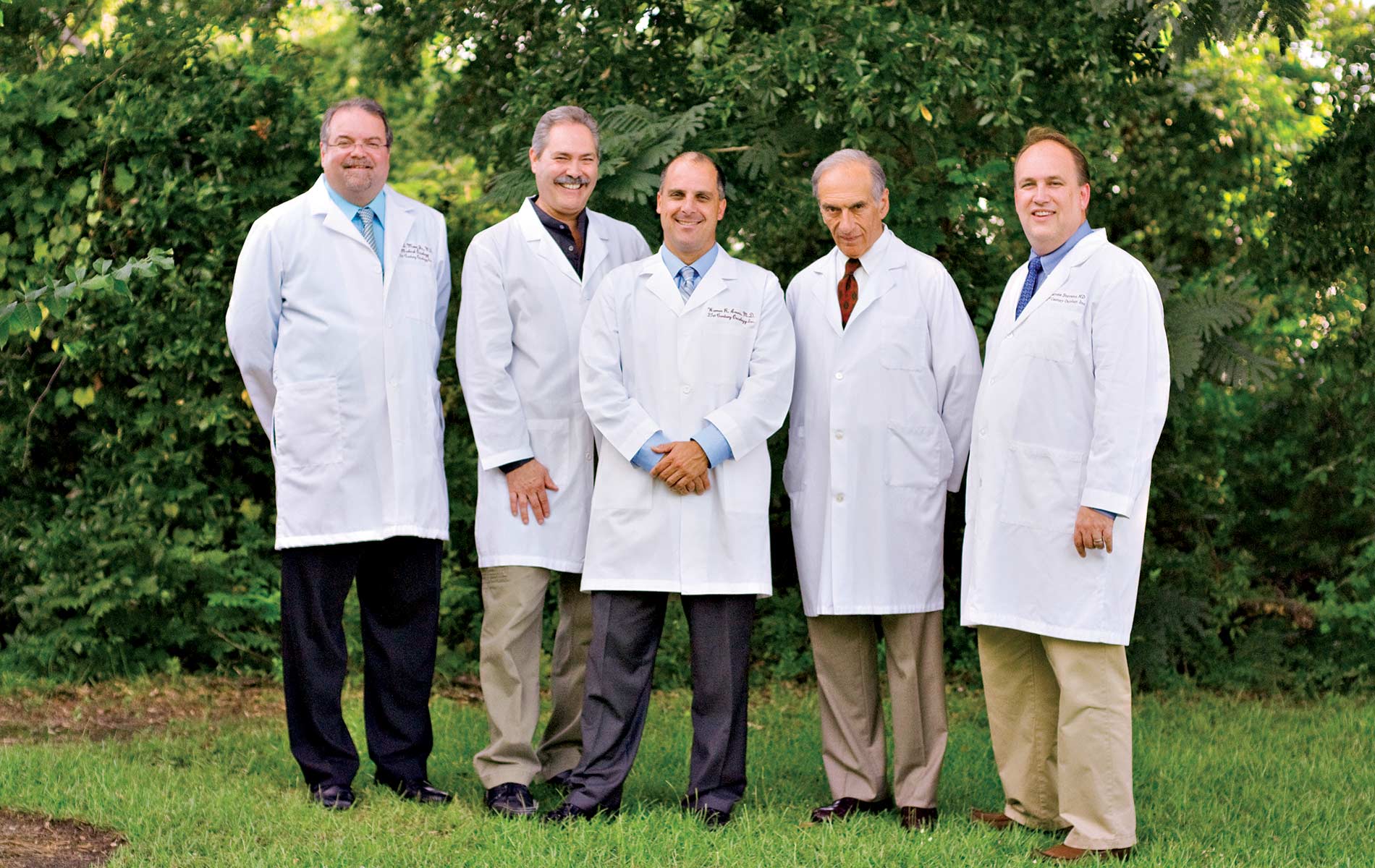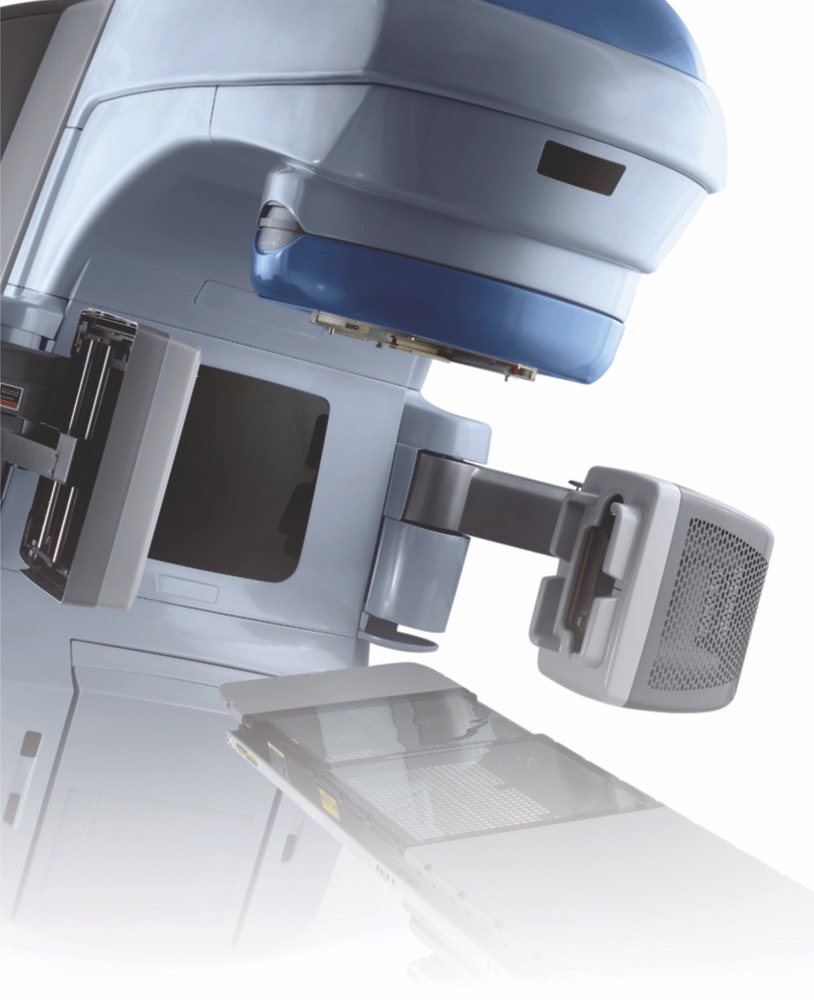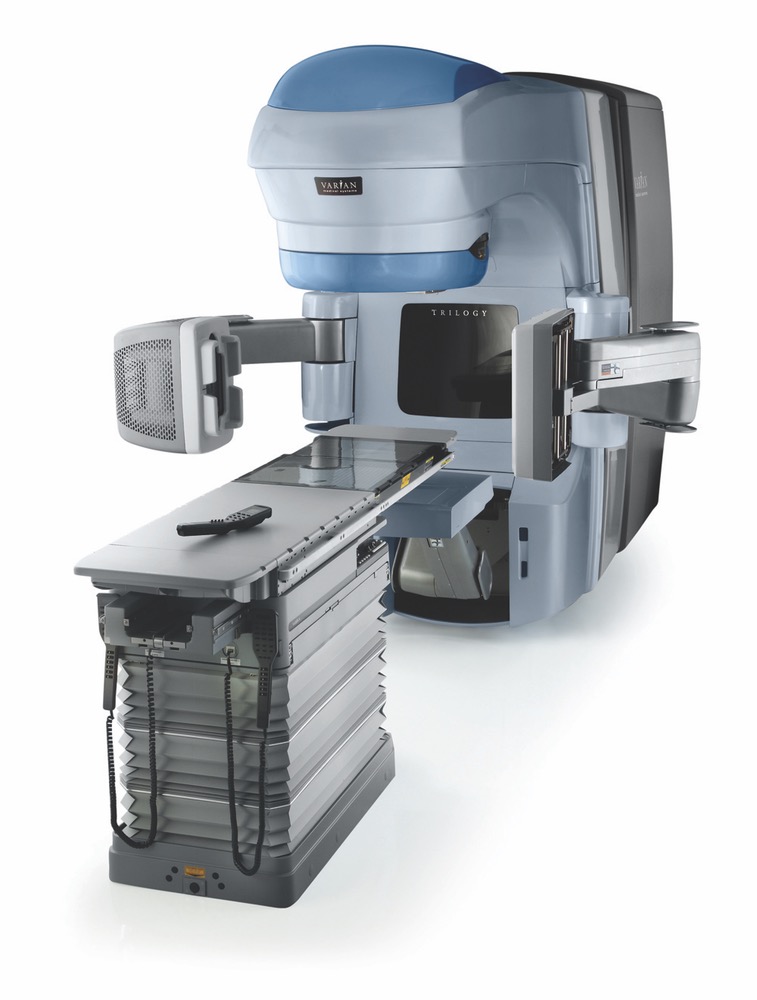
vie-magazine-2st-century-oncology
The Best in Class
Medical Advancements for the 21st Century
By Lisa Burwell
To maintain a competitive edge, many companies strive to be best in class by offering the consumer a quality service or product. In the case of 21st Century Oncology, an expanding countrywide network that includes locations in Crestview, Ft. Walton Beach, and Destin, Florida, it is evident that their goal is to cater to treating and managing care for patients battling cancer. They provide research, surgical, and nonsurgical procedures, as well as treatment for patients suffering from urological diseases. As a group, they are actively seeking contracts for health care by offering competitive pricing coupled with state-of-the-art equipment. A concentrated effort to invest in research programs is also part of the company mission at 21st Century Oncology.

Varian Trilogy Linear Accelerator
VIE’s Q&A with James Stevens, M.D.
In an interview with Dr. Stevens, he shared that his group recently secured a contract with the Veterans Health Administration (VHA). The team environment at 21st Century Oncology allows the doctors to consult with one another to provide the best care available. “Patients no longer have to leave the area to seek treatment, providing patients peace of mind and the ease of less travel time for medical care. The VHA chose us because of the quality of our facilities and network of resources,” explained Dr. Stevens.
VIE: How long have you been with 21st Century Oncology?
Dr. Stevens: I joined 21st Century Oncology in 1995. I have been with the group since I finished my training in radiation oncology in Philadelphia. It has been amazing to be a member of 21st Century Oncology and to take part in the advances the group has made through their dedication to caring for patients with life-changing diagnoses.
VIE: Have technological advances changed much in the past few years, allowing a higher cure rate for cancer? If so, would you elaborate on which cancers are responding well to the new treatments now available?
Dr. Stevens: There have been tremendous changes in technology for radiation oncology in a very short period of time. In just the past ten to fifteen years we have gone from treating patients with simple two-dimensional planning to complex four-dimensional planning. By this, I mean that my partners and I now have available to us the ability to modify radiation and treatment for patients as their cancer changes. When I was in training, treatment for a tumor entailed shaping radiation around a tumor, sort of like putting a box of radiation around a tumor. Healthy organs around the tumor were also generally affected by that “box of radiation,” just as the tumor was. Now, we have the ability to not only shape the beam of radiation more conformably to an area of concern, but we can also shape the intensity of that beam of radiation in an effort to treat what needs to be treated while minimizing the dose of radiation to healthy tissues. In addition, we can modify the treatment as a tumor responds to the therapy, thereby treating the tumor and sparing more healthy anatomy.
All of the technological advances in radiation oncology have had a great impact on several diseases, including lung cancer, breast cancer, and head and neck cancer. Probably the disease most impacted by these technological advances is prostate cancer. Treating prostate cancer takes a multispecialty approach. In our area (Crestview–Ft. Walton Beach–Destin, Florida), we have joined forces with two urologists, Dr. Robert Long and Dr. Thomas Zachos, who have years of experience and special interests in urologic malignancies. We now give much higher doses of radiation to a cancerous prostate than we ever did in the past because we can get the dose of radiation into the prostate with much greater precision, and reduce the dose to the surrounding healthy structures with equal precision. In addition, we can actually monitor the motion of the prostate during the delivery of the radiation with new technology called Calypso tracking. If the prostate moves while the beam of radiation is on, we can actually see it and immediately adjust the beam of radiation. We think of this as a sort of GPS system for the prostate. We feel fortunate in that we are the only team around here that has this technology available for our patients.
VIE: Would you elaborate on the buying power you have as a result of being part of a national medical network and what that buying power offers patients who receive care from you?
Dr. Stevens: 21st Century Oncology has a vision of providing the best possible care to patients. We know that there is power in numbers and that treatment of cancer necessitates a team approach. To that end, we have been able to join forces with many talented physicians from all over the country. Our group includes not only radiation oncologists, but also medical oncologists, urologists, and surgical oncologists. 21st Century Oncology now includes hundreds of physicians and support staff, and has facilities spanning the United States. This wealth of physicians has an enormous impact upon us in our local area. We have the ability to get the latest and greatest technology for our patients because 21st Century Oncology as a group has tremendous buying power. In addition, we have a tremendous network of experts that we work with on a daily basis. This combination of ability to access the latest technology and to access the most current medical expertise translates into the best possible patient care.
VIE: What is one of your favorite patient success stories?
Dr. Stevens: I have a patient who is about the same age as I am who was diagnosed with a deadly form of brain cancer over three years ago. His tumor was growing into his brain stem and causing him significant neurological problems. This disease normally takes a patient’s life in one to two years. We knew that his disease was unresectable and that we needed to treat him with the best technology and chemotherapy we had available to us. We were very concerned that treating his tumor with the radiation doses necessary to have the greatest impact would put him at significant risk for complications from the radiation itself. Armed with everything we had, we treated him. He is alive and well today, off of all therapy with no evidence of disease. He and his wife are living happy, productive lives. Every time I have the opportunity to see him, I’m reminded how fragile life is and how we can make a significant impact in people’s lives.
VIE: Would you elaborate on the state-of-the-art equipment you offer and how that can benefit your patients?
Dr. Stevens: Treating cancer is truly a team approach. My partners, Dr. Warren Amos (radiation oncology), Dr. David Mann (medical oncology), Dr. Robert Long (urology), Dr. Thomas Zachos (urology), and I are dedicated to this team approach. Lung cancer, for example, is one disease that requires expertise from many areas in medicine. Often we are faced with treating a truly sick patient. We realize that our treatments could have a significant impact on a patient’s quality of life. In our practice, we routinely utilize state-of-the-art equipment to minimize the negative impact on a patient’s quality of life while striving for the greatest impact upon his or her disease.
One thing we use is something called respiratory-gated motion detecting. We can monitor a tumor as it moves with respiration, and treat the tumor only while a patient is in a certain phase of respiration. This allows us to limit the dose of radiation to healthy lung tissue while achieving the greatest possible dose to only the tumor. When patients are treated with a combination of chemotherapy and radiation therapy, we know that technology like this can have a significant impact upon a patient’s overall response.

Varian Trilogy Linear Accelerator
VIE: You mentioned that some of the physicians on staff have championed health care costs in the past—what is your collective opinion on where our health care system is heading?
Dr. Stevens: Physicians at 21st Century Oncology have taken an active role in legislative efforts that help to shape health care in this country and the cost of health care. As the wealthiest nation on earth, our citizens deserve the best that health care has to offer, and at affordable prices. We know that technology is expensive and that staying on the cutting edge of medicine is going to continue to be expensive. We believe that by joining forces with many experts in the field of oncology, we can collectively provide the best that medicine has to offer for our patients while doing it at competitive and affordable prices.
— V —
Share This Story!
KEEP UP WITH THE LATEST STORIES FROM VIE
















































































































































